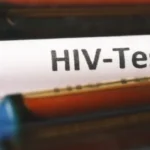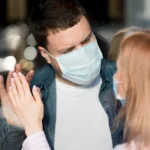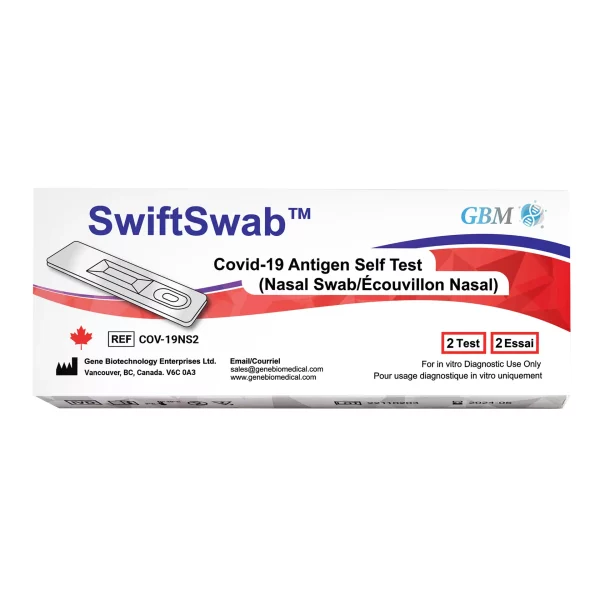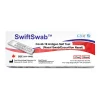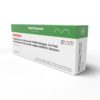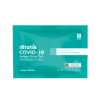The human immunodeficiency virus (HIV) was discovered in the 1980s and remains a significant global health issue today as it affects millions worldwide.
To manage, prevent and control this, you must understand how it’s transmitted so you can protect yourself and your partners.
Here is what you need to know about how you can get HIV and spread it to others.
Overview of HIV and AIDS
If you get infected with HIV, it targets your immune system. At first, you might not have any symptoms, but HIV is a severe and chronic viral infection. As it keeps working in your body, it weakens your immune system over time.
As HIV progresses, it can lead to a condition called AIDS, which stands for acquired immunodeficiency syndrome.
AIDS is the most advanced stage of HIV infection.
When you have AIDS, your immune system is severely damaged, making you more susceptible to serious infections and certain cancers.
But here’s the thing: not everyone with HIV will develop AIDS.
With proper treatment, many people with HIV can live long and healthy lives without ever progressing to AIDS. That said, it’s important to get tested regularly and start treatment early if you test positive for HIV.
Symptoms of HIV
In the early stage, HIV symptoms include:
- Flu-like symptoms, such as flu, with fever, chills, and body aches
- Fatigue
- Swollen glands
- Sore throat
- Rash
- Headaches
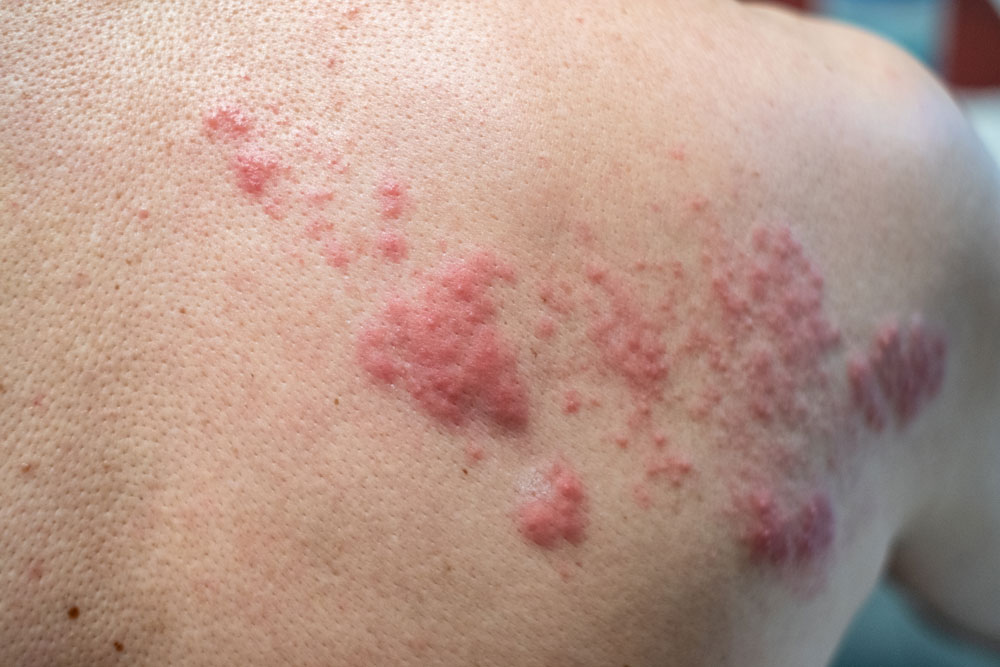
Not everyone with HIV will experience these symptoms, and some people might not have any symptoms at all, especially in the early stages. These can occur within a few weeks of infection and might last for a few days to several weeks. As the virus progresses, symptoms might disappear for years, but the virus remains active. This can cause progressive damage to the immune system.
Advanced HIV, or AIDS, is characterized by these symptoms:
- Severe weight loss
- Persistent diarrhoea
- Night sweats
- Opportunistic infections
- Persistent cough
If you notice any of these signs and you think you might have been at risk of HIV, it’s important to get tested as soon as possible. And if you ever have concerns about your health, don’t hesitate to talk to a healthcare provider for guidance and support.
How is HIV or AIDS transmitted?
HIV is mainly spread through certain body fluids, such as the following:
- Blood
- Semen
- Vaginal and rectal fluids
- Breast milk
The most common ways of transmission include:
- Unprotected sex with someone who has HIV
- Sharing needles or syringes for drug use
- From mother to child during pregnancy, childbirth or breastfeeding
- Blood transfusions
- Organ transplants
Contrary to the common myths, HIV cannot be transmitted through casual contact, such as:
- Shaking hands
- Hugging
- Sharing objects like dishes or toilet seats
How HIV infects the body
When HIV enters your body, it targets the immune system, particularly the CD4 cells (T cells), which help the immune system fight off infections. The virus inserts its genetic material into these cells, turning them into HIV factories that produce more HIV cells.
As the virus multiplies, it reduces the body’s ability to fight other infections. And as your CD4 cell count drops, your immune system gets weaker, making you more susceptible to infections and other illnesses.
If left untreated, HIV can eventually progress to AIDS, which is the most advanced stage of HIV infection. At this stage, your immune system is already severely affected. You’re more vulnerable to serious infections and certain cancers as well.
HIV prevention and treatment
Preventing HIV transmission is possible with the right strategies and awareness.
These include:
- Practice safe sex. Use condoms every time you have sex, whether it’s vaginal, anal or oral. Condoms are one of the best ways to prevent HIV and other sexually transmitted infections (STIs).
- Limit sexual partners. Try to limit the number of your sexual partners and get tested regularly for HIV and other STIs.
- Use pre-exposure prophylaxis (PrEP). If you’re at high risk of HIV, talk to your healthcare provider about taking PrEP daily to reduce your risk of getting infected.
- Practice needle safety. If you inject drugs, never share needles or syringes. Use clean needles and equipment every time.
When it comes to treating HIV, advancements in HIV treatment have come a long way.
If you’re diagnosed with HIV, antiretroviral therapy (ART) is the main treatment. It involves taking a combination of medications every day to keep the virus under control and prevent it from damaging your immune system.
ART doesn’t cure HIV, but it can control the virus so effectively that you can live a long, healthy life and reduce the risk of transmitting the virus to others.
For pregnant women with HIV, certain medications can significantly reduce the risk of transmitting the virus to their babies.
While on treatment, you’ll need to see your healthcare provider regularly for check-ups and blood tests to monitor your HIV viral load and CD4 cell count.
Key takeaway
Knowing how you can contract HIV or spread AIDS is important not just for your health, but also for others. Likewise, HIV prevention and treatment are all about taking care of yourself and protecting others. If you have any questions about HIV prevention methods or treatment options, don’t hesitate to reach out to a healthcare provider for guidance.


